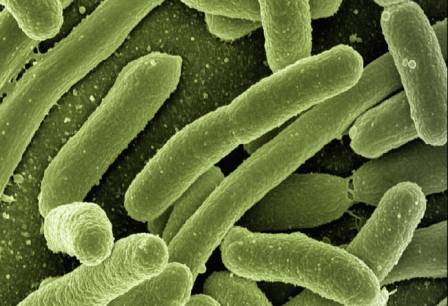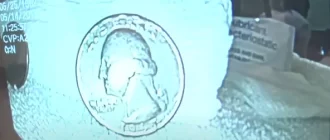Mucus is sticky and slippery secretion produced by mucus membrane present throughout the body. A small amount of mucus is naturally formed in the intestinal tract to keep it lubricated and help the stool to move quickly through the digestive passage.
Together with stool you will constantly discover small amount of sticky material, it is mucus. Nevertheless, in some cases excess of mucus is expelled in the stool and this might indicate an inflammation of mucus membrane due to a hidden gastrointestinal disorder.
Expulsion of excess mucus in stool is a symptom of numerous GI conditions such as food allergic reactions, amoebic colitis, IBS, dysentery and diarrhea etc.
Normally mucus is colorless and sticky. Yellow-colored and orange/orange brown, or green or dark red stained mucus is not typical and it might indicate a hidden digestive disorder. If you spot orange-brown colored mucus in your stool, you need to always consult your physician to find the reason.
What Causes Orange Brown Mucus in Stool?
Yellow or orange-brown colored jelly like mucus in stool can happen due to numerous factors such as:
- Medications. Dyes are used to color tablets and pills to enhance their aesthetic look. Consuming medicines including orange dyes might cause change of stool color to orange or yellow.
- Bacterial infection. Expulsion of mucus in stool is among the most typical symptoms of bacterial infection. Particular bacteria like salmonella, shigella, and campylobacter can cause inflammation in the mucus lining of the intestinal tract. Inflammatory changes lead to excess of mucus production which ultimately is expelled out with stool. There is small amount of bleeding from the intestinal tract caused by these bacteria which might blend with the mucus and therefore color of mucus in stool becomes yellowish orange or orange brown.
- Dietary change. The color of your stool might change if you have taken in excessive amount of food with orange brown color. For example if you have consumed a lot of orange carrots, you might discover a change in your stool color in addition to small amount of mucus followed it. Food containing orange dye might also speed up change of color in your stool.
- Irritable bowel syndrome and ulcerative colitis are two chronic intestinal tract conditions where there is excess expulsion of mucus. It is typically visible with each bowel movement. In ulcerative colitis the internal lining of intestine is irritated and has small ulcer its inner wall. The ulcers often bleed and produce excess of mucus and pus which might pass in the stool changing its color to orange or red.
Differential Diagnosis of Mucus in Stool
The diagnosis of this condition is performed by the following methods:
Physical examination. An abdominal examination is performed to check for swelling development and tenderness. If inflammation is experienced in the lower left part of the abdominal area, it might be a sign of irritable bowel syndrome or ulcerative colitis even without the existence of a considerable lump. The temperature level of the body is also taken into account to figure out whether there is an infection.
Blood test. Blood assessment includes ESR and full blood count. This is useful in detecting the existence of amoeba antibodies in the bloodstream. Nevertheless, amoeba antibody detection is not useful enough in severe cases.
Radiological investigations. Diagnostic treatments like Colonoscopy and Barium enema can show if there is any modification in the bowel practice or if there is recurrent or consistent bleeding.

Stool tests. Stool microscopy is performed for parasites, ova and bacterial culture. Test is likewise performed for latent blood. If the result is favorable, it might be an indication of ulcerative colitis or big or small intestine infection.
How Do You Treat Orange Brown Mucus in Stool?
Orange-brown colored mucus present in stool is not a disease but it is among the symptoms of underlying digestive condition.
As soon as the gastrointestinal problem is fixed, the orange color and excess of mucus in stool will alter to normal. It is important to consult your doctor if you discover any change and excess of mucus in stool.
- Talk with your doctor if you believe medications which you are taking is accountable for change of stool color.
- Drink enough water as it will help to keep the internal lining of intestine moist along with thin the mucus for its simple expulsion. When the mucus is thin, it allures the bacteria and helps to expel them out from the intestinal tract.
- In case of bacterial infection in the intestine the doctor might advise antibiotics. It will help to kill the bacteria and reduce inflammation in the intestinal tract.
- Cinnamon is another natural home remedy to reduce inflammation of digestive mucus membrane.
Health Tips
Orange-brown color of mucus in stool is typically a result of usage of foods that are rich in aluminum hydroxide and beta carotene such as: collard greens, fresh thyme, carrots, kale, sweet potatoes, turnip greens, spinach.
Consumption of foods including orange or yellow colored preservatives might likewise lead to orange colored stools.







